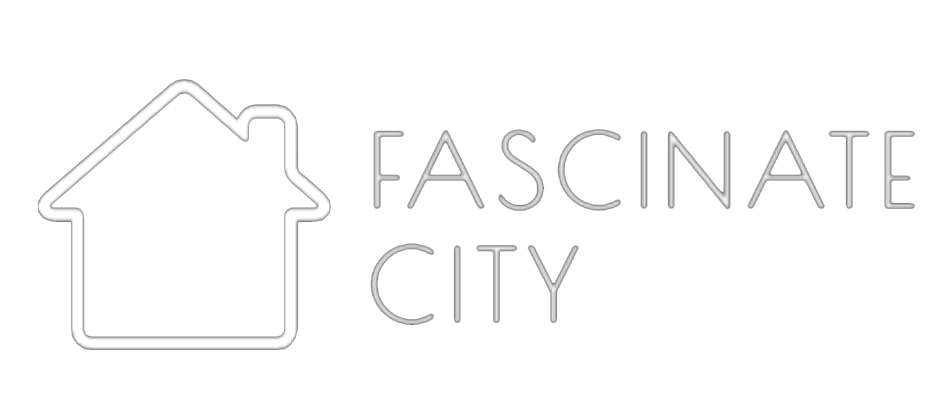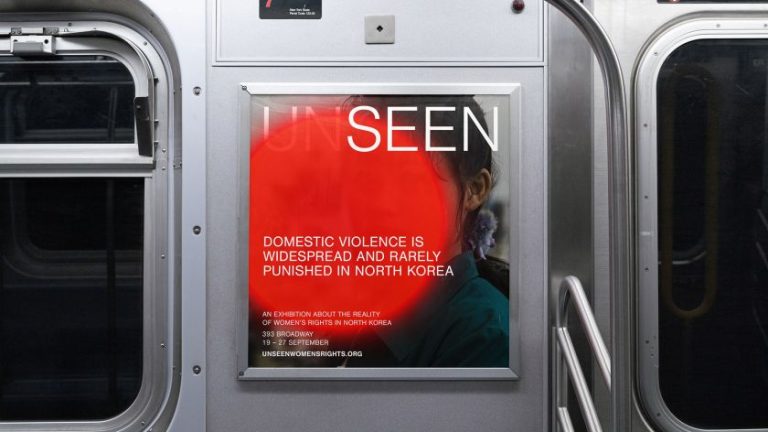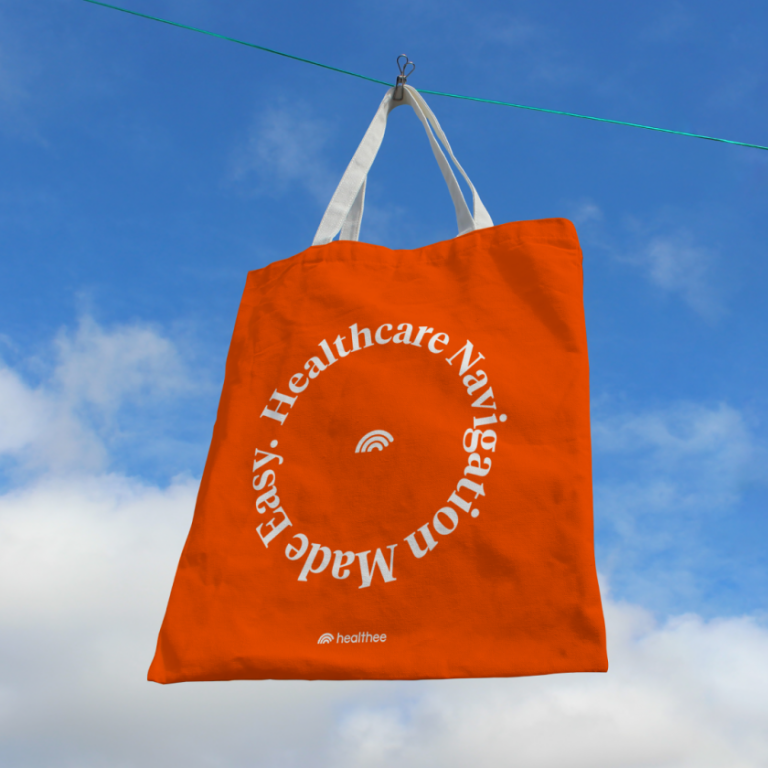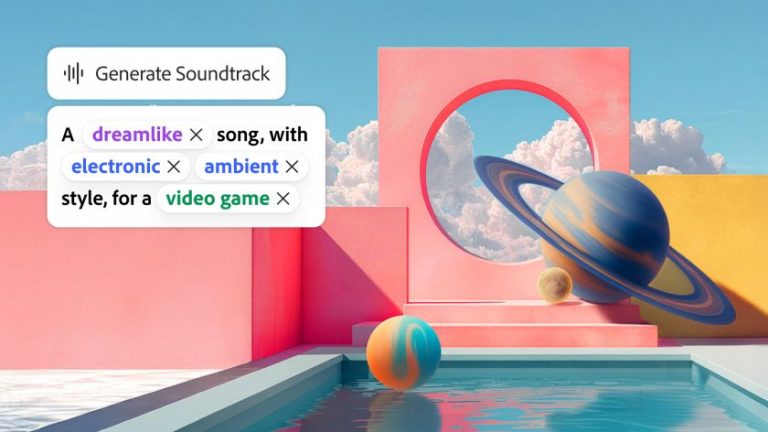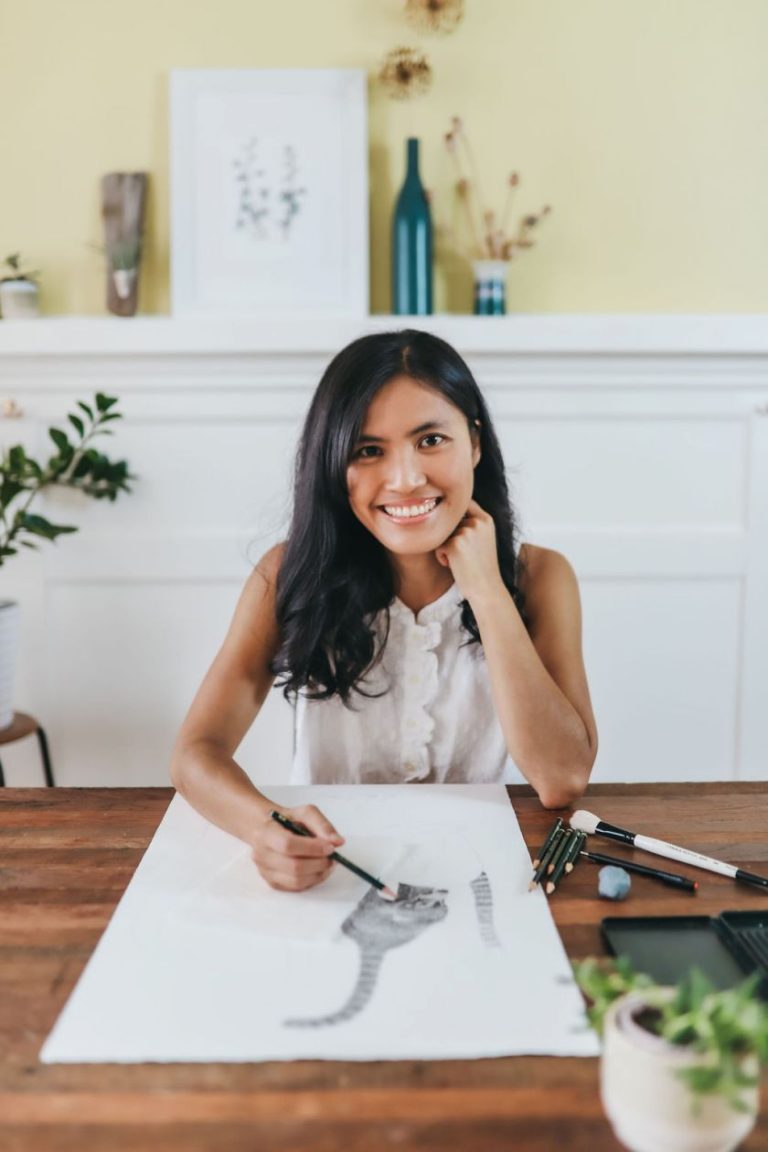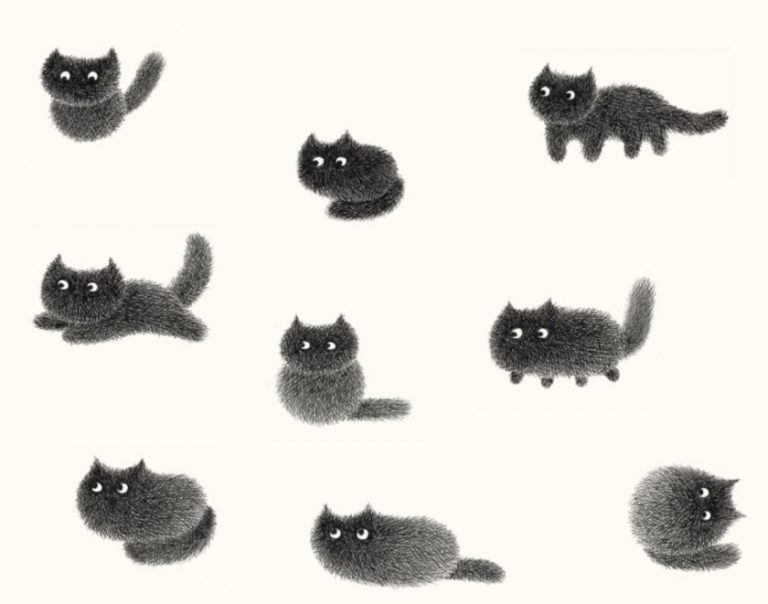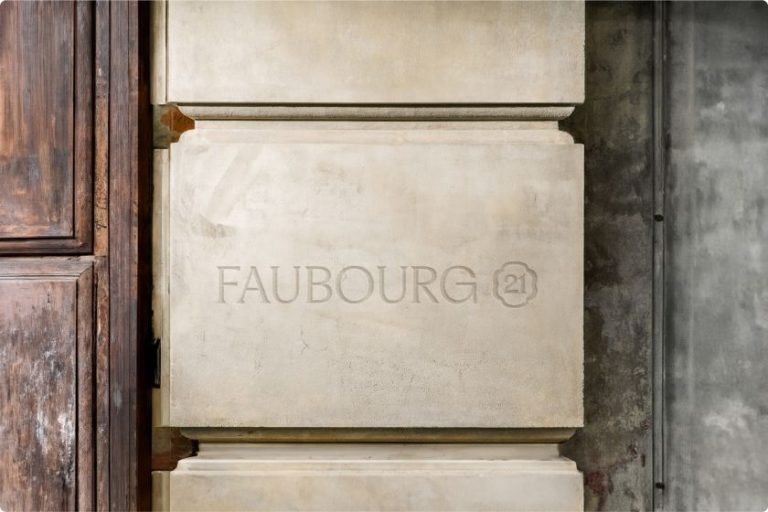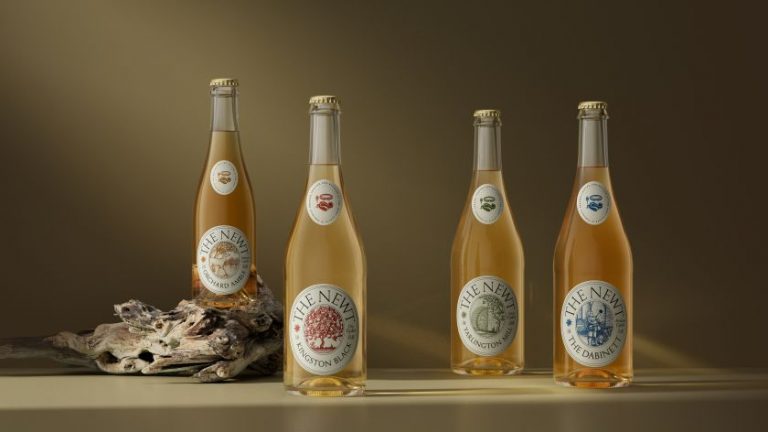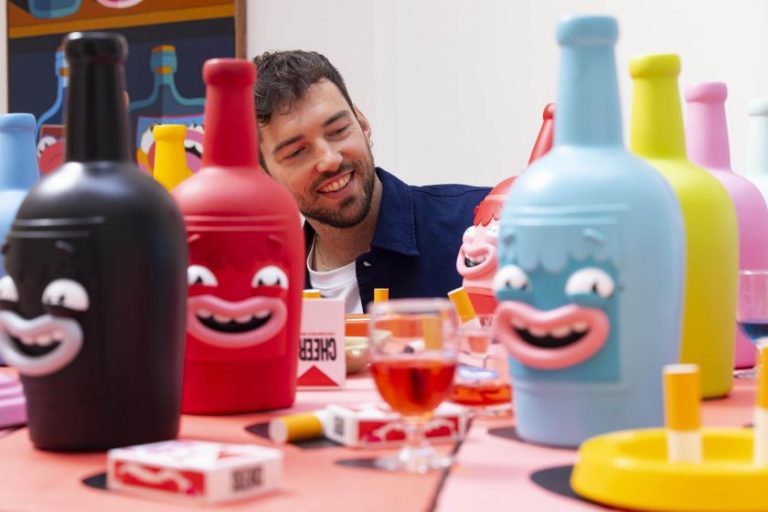From illustrated travel journals and reimagined wine branding to experimental festival identities, these are the projects that caught our eye last month.
Every month brings with it a flood of new creative work. Some are loud and attention-grabbing, while others are quietly brilliant yet equally impactful. This round-up is our way of spotlighting the projects that made us pause, scroll back, and think a little deeper about what’s happening across design right now.
In September, we saw personal journeys transformed into illustrated diaries, a hot sauce brand balancing heritage with modern flair, and a new approach to online fashion search. There was also a playful wine identity and a reimagined festival brand that pulses with energy. Together, they show the breadth of what creativity looks like today, spanning the commercial, the cultural, and the deeply personal.
Drawn Across Europe by Falko Grentrup
Berlin, Prague, Vienna, Trieste, Rijeka, Rab. A family rail trip through Europe might sound like the perfect chance to disconnect from ‘work’, but for graphic designer and illustrator Falko Grentrup it became something of an illustrated travel diary. Over the summer, he set off from Stockholm with his family, heading slowly south towards the Croatian coast. At every stop, he produced a drawing that merged photography with illustration, creating playful vignettes where characters seemed to take on lives of their own.
The result is Drawn Across Europe, a visual series that straddles sketchbook intimacy and polished storytelling. Each city takes on a distinct character, whether that’s through architectural details or surreal juxtapositions of figure and place. Falko’s hybrid approach – blending his photos with hand-rendered drawings – lends the series a diary-like quality, while also introducing something more experimental.
He describes the project as “a playful way of documenting the trip,” and that joy is evident in the lightness of the characters and the way they blend seamlessly into urban backdrops. It’s a reminder that travel isn’t only about ticking destinations off a list, but also about the little impressions and stories that linger long after you’ve unpacked.
DirtyVine by Goodside
Wine branding often swings between two extremes: dusty heritage or self-conscious minimalism. Goodside’s work for DirtyVine finds a fresher middle ground. DirtyVine positions itself as a community for those who value simple ingredients and sustainable farming. Goodside developed the brand from the ground up, with strategy, identity, packaging, website and more all designed to feel rebellious but accessible.
At the heart of the brand is the idea of Bottled Sunshine, which manifests through vibrant colours, loose and imperfect illustrations, and a tone of voice that swaps pretension for quick wit. Typography feels relaxed, while Jessica Hische’s hand-drawn wordmark anchors the whole identity in craft. Even the packaging leans into unpolished joy, making unboxing part of the brand’s playful ritual.
There’s a natural ease to the world Goodside has built. It’s modern, yes, but rooted in soil and sun rather than tech gloss. The collaboration with Baggy Studio on the digital side extends this ethos, creating a site that flows as simply as a conversation over a glass of wine. DirtyVine feels like a brand designed to be lived with, not just consumed, which is another level of consideration altogether.
Calénton Hot Sauce by Morgan Hastie (aka The Logo Lassie)
Designer Morgan Hastie has taken inspiration straight from Mexico’s ancient past for his work on Calénton Hot Sauce. The brand’s packaging draws on the carvings, ruins and bold symbology he encountered during travels earlier this year. These references shape the illustration style and typographic choices, creating an identity that feels deeply connected to heritage while still looking unmistakably contemporary.
The bottles themselves are sleek and minimal, but the die-cut labels and high-contrast colour palette push them into a more experimental space. Neon greens and fiery reds sit against graphic black details, creating a balance of tradition and modernity that feels perfectly pitched for younger audiences. The design system is clearly premium, yet expressive without being sterile and without tipping into cliché.
Morgan notes that the project was about “experimenting to bring those little elements of traditional art style into the modern design layout.” That experimentation has clearly paid off. For a category crowded with cartoon chillies and flames, Calénton feels both grown-up and playful – a brand that celebrates heritage without freezing it in time.
Hey Savi by YeahNice
Scrolling through endless e-commerce search results is one of the least inspiring parts of shopping online. Hey Savi, a new fashion search engine, aims to fix that by making product discovery as intuitive as Shazam or Spotify. Built on AI-powered image recognition, the platform offers seamless, brand-agnostic recommendations tailored to what users actually want to wear.
YeahNice’s role was to translate that promise into a visual identity and launch campaign that felt fresh but also accessible. They kept the brand centred on the user, designing a conversational system rooted in the distinctive ‘speech bubble’ device. This motif pops up across digital and campaign assets, grounding the AI-powered technology in something human and familiar.
The team also produced a punchy sizzle film that walks users through the product in four steps – “Snap. Search. Buy. Wear.” – showing how quickly inspiration can turn into reality. Paired with smart storytelling and restrained motion graphics, the whole identity avoids the trap of overexplaining. Instead, it feels useful, elegant, and refreshingly humble for a tech product. In a market full of shopping platforms shouting about features, Hey Savi’s understated clarity will definitely make it memorable.
Sunburn Festival by Ipshita Krishan
What does an EDM festival identity look like when stripped back to its origins? For New York–based designer Ipshita Krishan, the answer was found in the very thing that gave Asia’s largest dance event its name: the heat of bodies in motion. The Sunburn Project, a self-initiated rebrand of India’s Sunburn Festival, channels the blistering energy of all-night beach parties into a system of visual patterns and type.
Ipshita took literal sunburn marks as her cue, translating them into graphic gradients and textures. Combined with a palette of infrared-inspired reds and oranges, the visuals seem to radiate warmth and intensity, echoing the thermal glow of a packed crowd. Typography grounds the identity in gothic serif forms – a deliberate contrast to the sleek, modernist styles often seen in music branding. Elongated serifs, tight kerning and alternate characters inject movement into the letterforms, giving even static words the pulse of a bassline.
Although conceptual, the project is a striking demonstration of how cultural history and visual experimentation can merge. By using the body itself as inspiration, Ipshita reframes festival branding not as decoration but as visceral experience. It’s a bold reminder that some of the most compelling work occurs when designers set their own briefs and take risks beyond client expectations.
